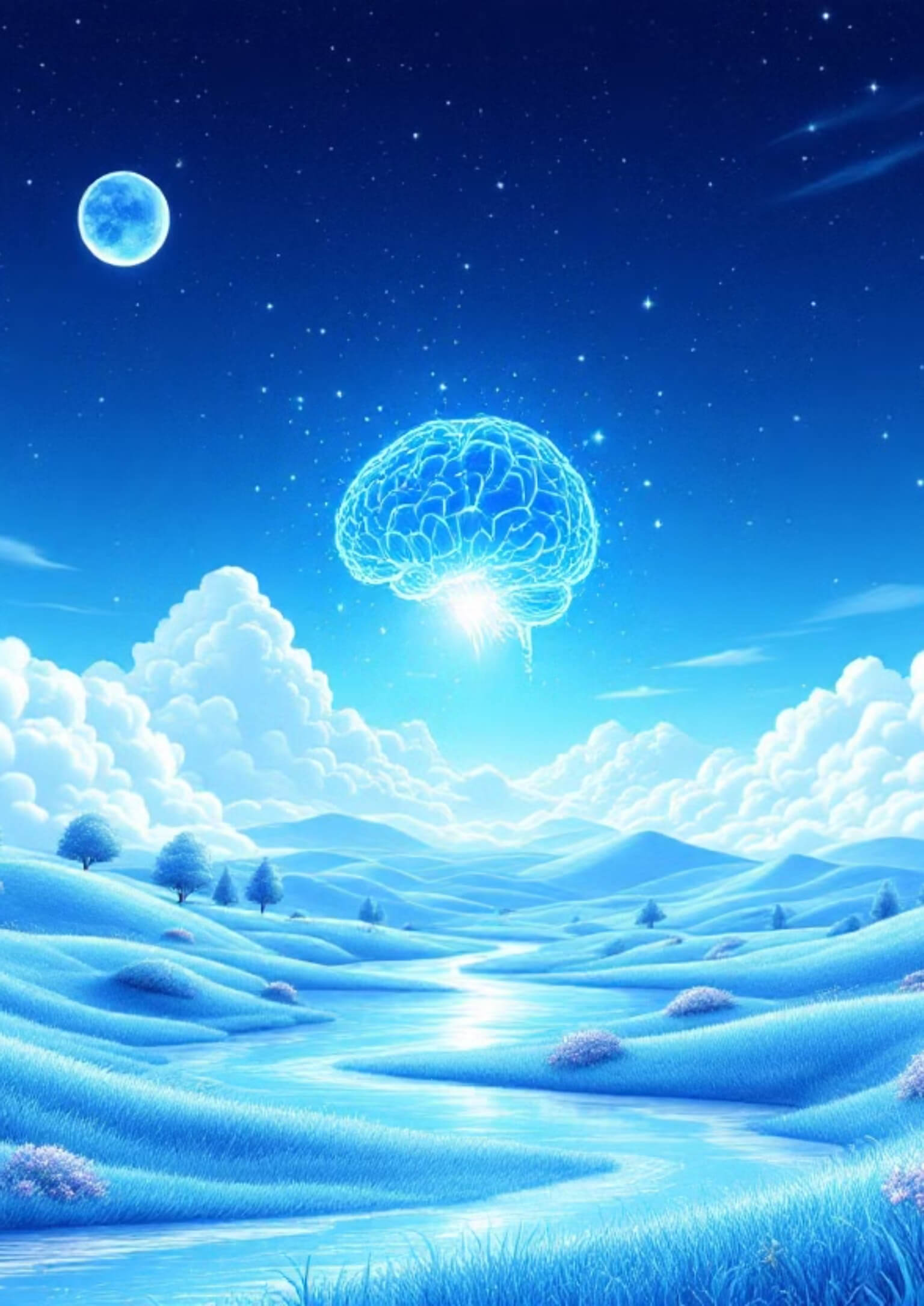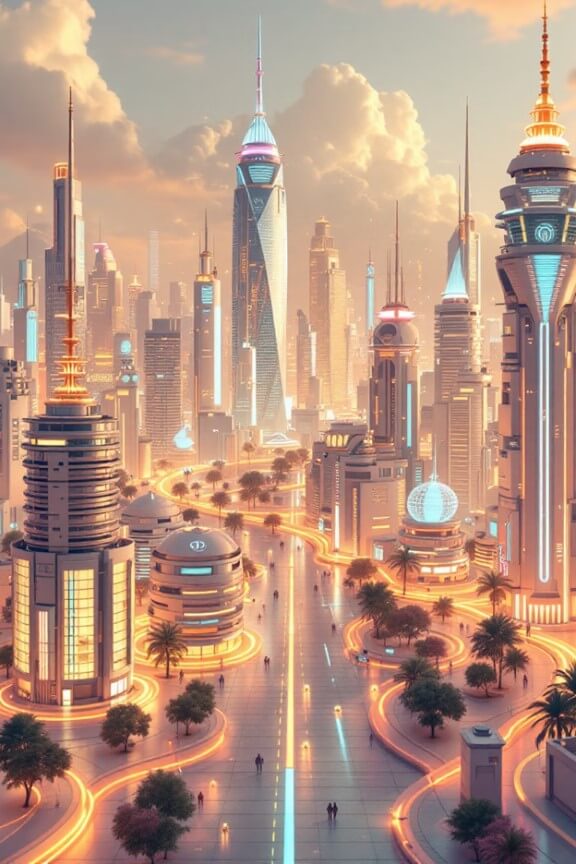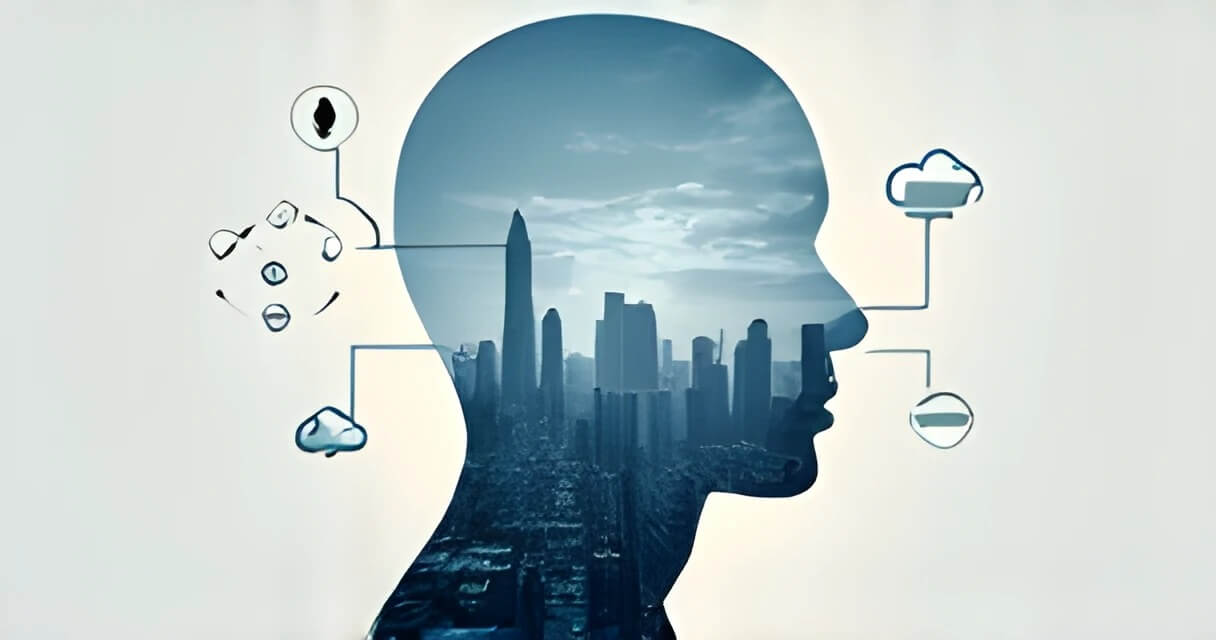Explore the science, technology, and future of AI-generated images
Artificial Intelligence (AI) image generation is transforming the creative landscape, revolutionizing the way we produce visual content. By converting text into detailed, realistic images, AI generators unlock unprecedented creative possibilities for artists, designers, marketers, and everyday users alike. As of 2024, the generative AI market is projected to reach $13.7 billion, with over 1 billion AI-generated images produced each month—a clear signal that we’re in the midst of a visual revolution.
At the heart of this revolution is generative AI, a breakthrough that allows machines to create: art, code, music, text, and even video. Among these, AI image generation is leading the charge, redefining how we express, design, and imagine.
🔍 How Does AI Image Generation Work?
AI image generation is powered by deep learning—a branch of machine learning that uses neural networks to simulate human-like cognition. These systems learn patterns and relationships from vast datasets of text and images. At the heart of this technology are several key models and architectures:
Generative Adversarial Networks (GANs) – Dual neural networks (a generator and a discriminator) that compete to produce hyper-realistic images.
Variational Autoencoders (VAEs) – Encode and sample from latent image spaces to create diverse and coherent outputs.
Diffusion Models – Employ a two-step process: adding noise (destruction) and iteratively removing it (rebuilding), refining the image at each stage guided by the prompt.
This entire process starts with text embeddings—semantic representations of a user’s prompt—which are decoded into visual elements using layers of AI-driven inference. The generation time typically ranges from 5 to 30 seconds, depending on the platform and complexity of the prompt.
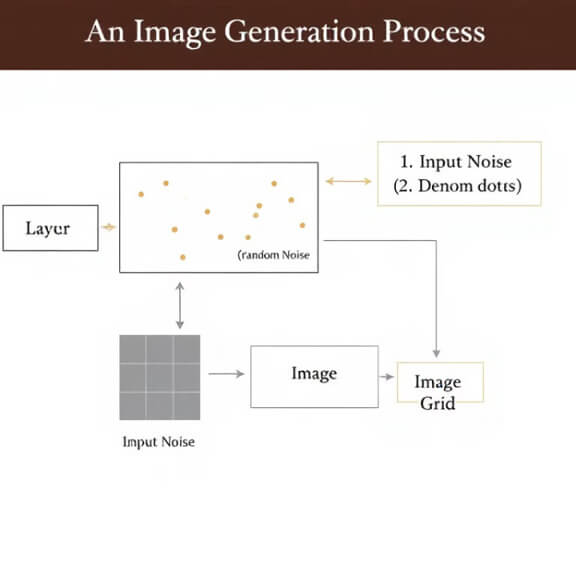
⚙️ Leading AI Image Generation Platforms
Several cutting-edge platforms dominate the AI art space, each with unique strengths:
DALL·E 3 (by OpenAI): Known for its photorealistic precision, DALL·E interprets nuanced text prompts and produces high-quality, imaginative images.
Midjourney: Excels in artistic expression and consistency across visuals, perfect for stylized creations or thematic collections.
Stable Diffusion: Open-source and community-driven, it uses a powerful diffusion process to generate high-resolution images while offering customization and flexibility for developers and creatives.
Each platform applies its own technologies—transformer-based models, diffusion systems, or hybrid approaches—allowing users to choose the best tool for their specific needs.
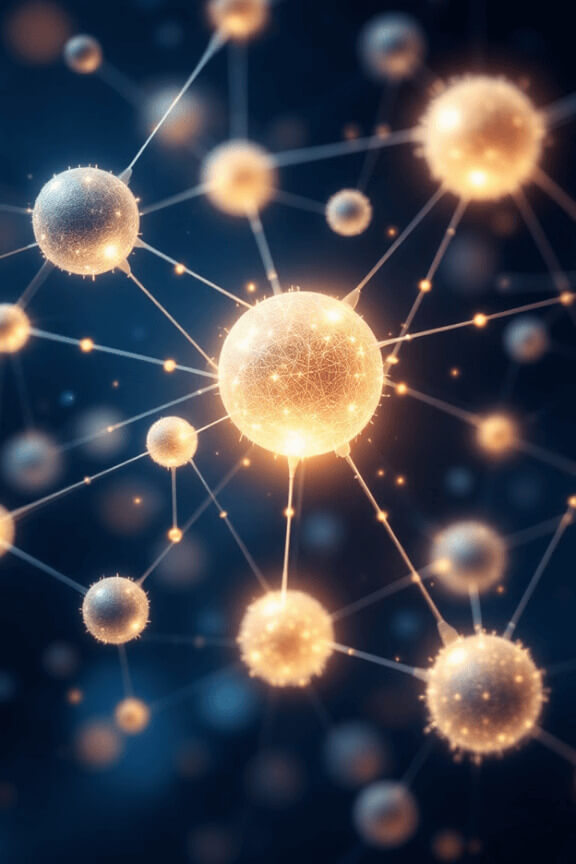
🧠 Training and Technology Behind the Scenes
AI models are trained on billions of image-text pairs, learning how language maps to visual features such as shapes, colors, textures, and even emotion. This training enables:
High realism and detail
Efficient processing of large datasets
Pattern recognition beyond human capability
Through repeated exposure, AI learns to understand how to recreate what a prompt describes—even when it contains abstract or imaginative concepts.
🎨 From Prompt to Pixel: The Creative Process
Creating an AI-generated image starts with a clear, descriptive prompt. Here’s how it works:
Initial Generation: The AI outputs a base image based on your text.
Variation: Users can generate multiple versions or styles.
Refinement: Additional prompts can be used to fine-tune the final image.
This iterative workflow gives users creative control and enables the generation of tailored, unique visuals—whether you’re designing concept art, marketing content, or social media graphics.
🧩 Real-World Applications of AI Image Generation
AI-generated imagery is already reshaping industries across the globe. Common applications include:
Graphic Design: Rapid prototyping, logo creation, and concept visualization.
Marketing & Advertising: Eye-catching visuals for ads, campaigns, and social media.
Architecture & Interior Design: Visualizing layouts, materials, and lighting before construction.
Digital Art: Empowering creators with tools to explore new styles and compositions.
Entertainment: Concept art for games, films, and virtual environments.
Education: Generating visual aids, infographics, and creative learning materials.
This democratization of visual creation is lowering barriers for small creators while streamlining workflows for professionals.

⚖️ Ethical & Legal Challenges
With innovation comes responsibility. AI image generation introduces several pressing concerns:
Copyright & Ownership: Who owns the rights to AI-generated works?
Image Attribution: Distinguishing between human-made and machine-made art is increasingly difficult.
Disinformation: AI can generate misleading images, impacting media integrity.
Job Displacement: Automation may alter job landscapes for creatives.
Understanding and addressing these challenges is essential as we continue integrating AI into creative industries.
🚫 Limitations You Should Know
Despite its potential, AI image generation still faces notable limitations:
Inconsistent Detail: Hands, text, and facial features can be misrendered.
Cultural Context: AI may struggle with nuanced or regional symbolism.
Biases: AI can replicate and reinforce biases from its training data.
Prompt Dependency: Image quality is tightly linked to the clarity and structure of the input prompt.
These limitations highlight the importance of prompt engineering—crafting precise instructions to guide the AI effectively.
📈 The Future of AI Image Generation
AI image generation is expected to grow by over 45% annually, with continuous improvements in model training, prompt comprehension, and personalization. Future developments may include:
Integration with 3D and video tools
Greater personalization based on user preferences
Real-time generation for AR/VR environments
Advanced regulation and watermarking technologies
The result? A creative ecosystem where anyone can visualize ideas instantly and express themselves like never before.
✨ Try It Yourself – Create AI-Generated Art From Text
Curious to see what your imagination looks like? Turn your words into stunning visuals in seconds.
👉 Visit www.myimageprompt.com to generate your first AI image prompt today and explore endless creative possibilities. No design skills needed—just your imagination!

